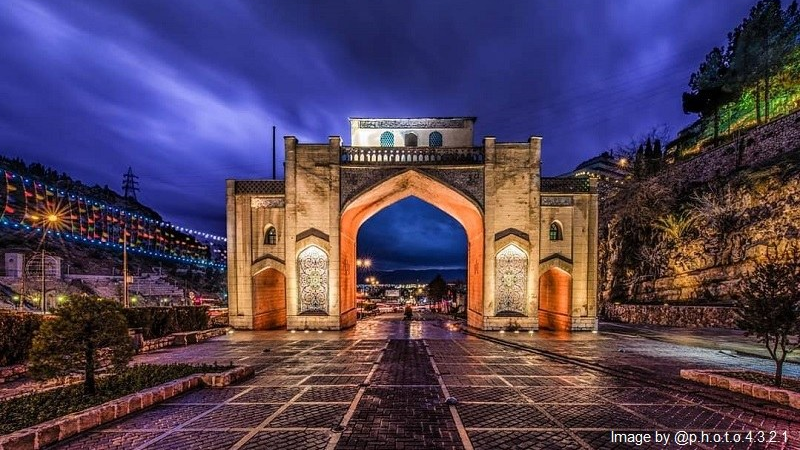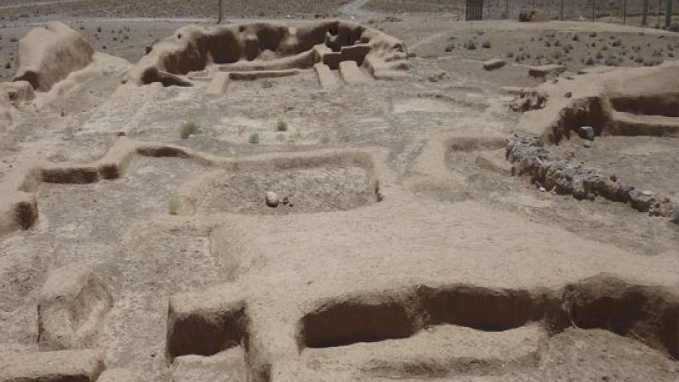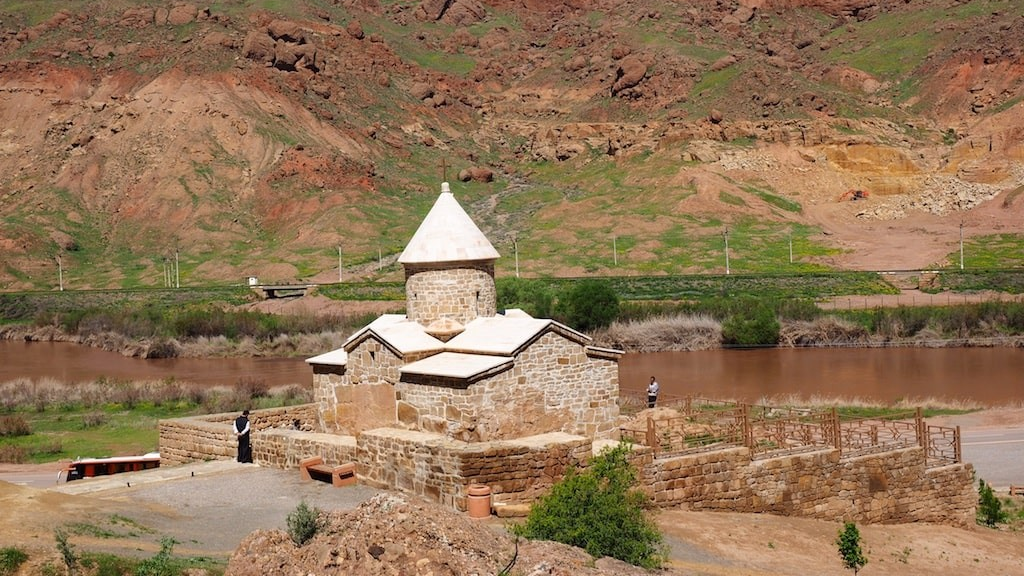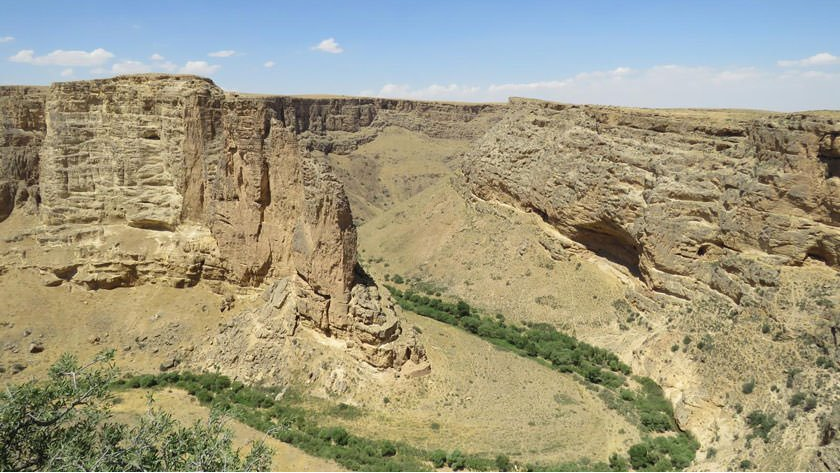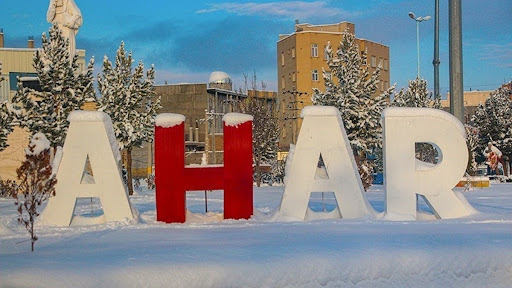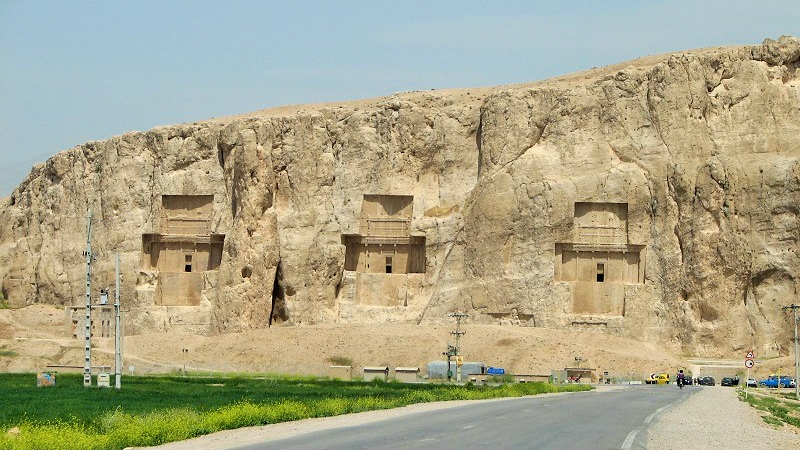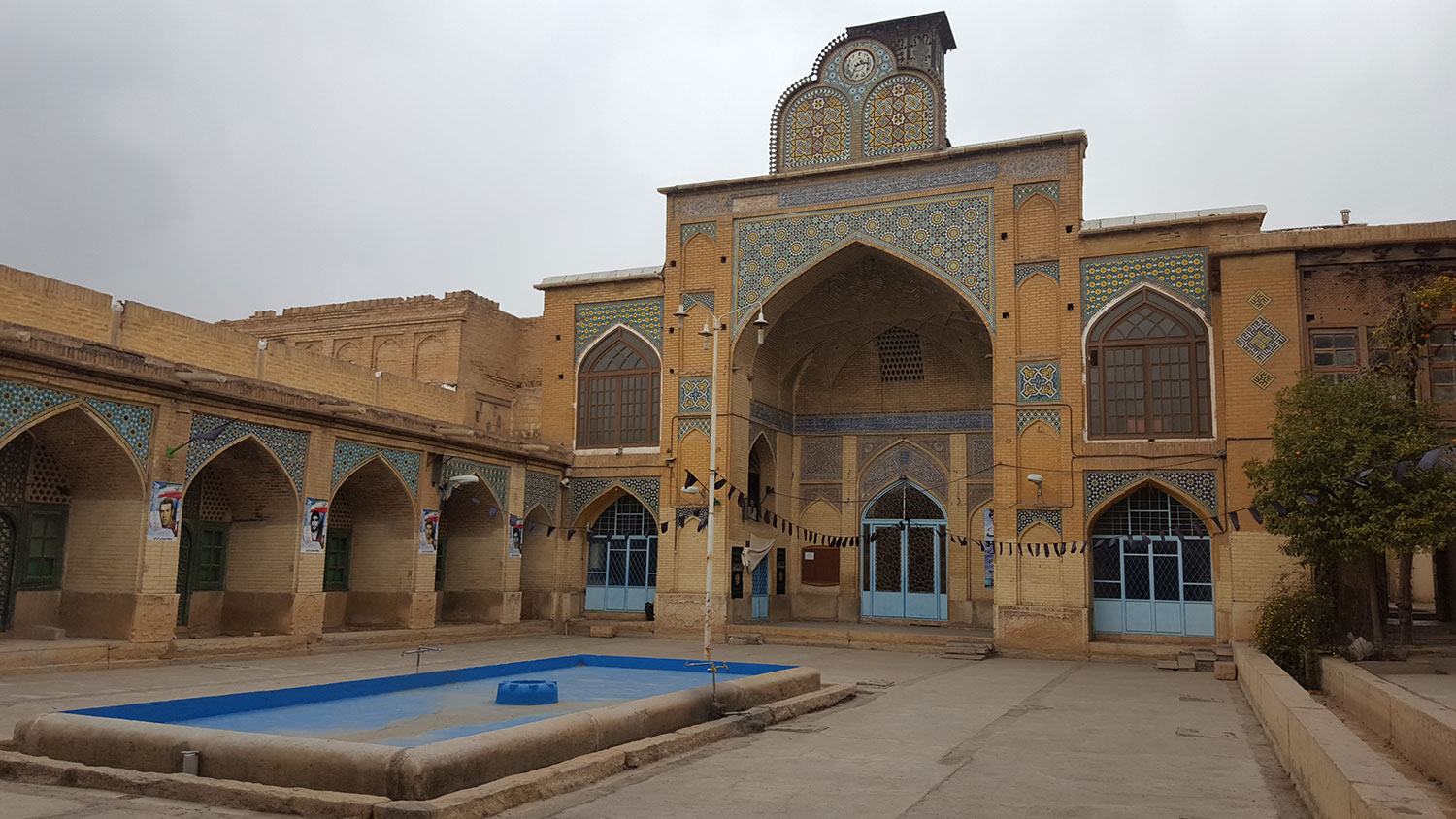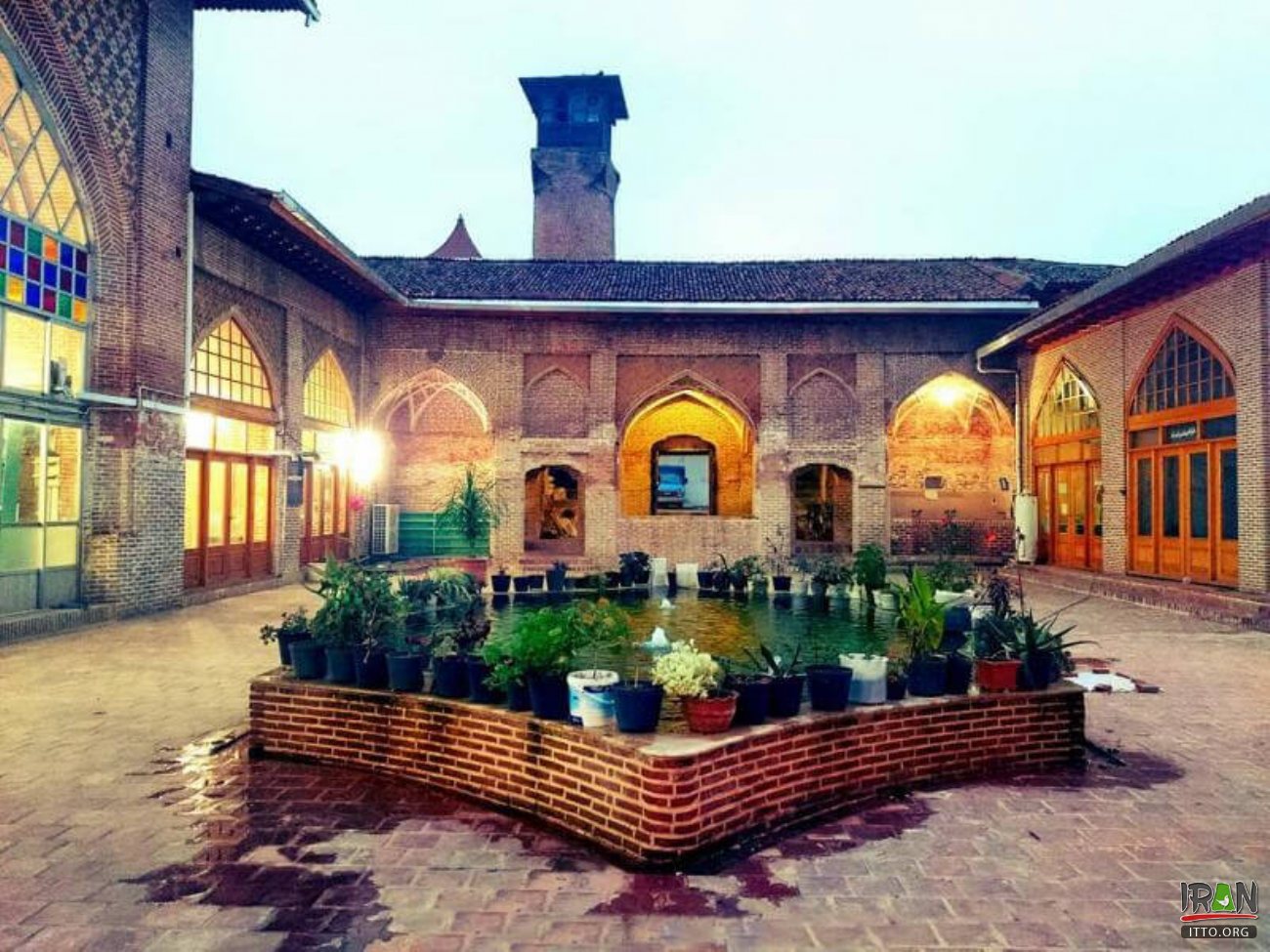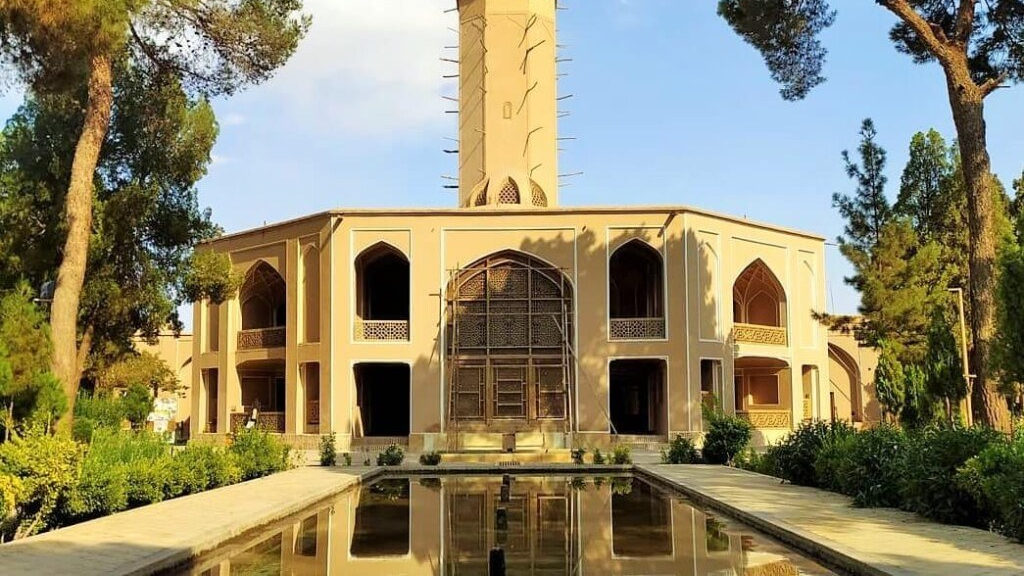
Ziviye Castle
With an area of about 40 hectares, the historical Ziviye Castle is located on a hill that is about 100 meters higher than the surrounding land.
Where Is Ziviye Castle Located?
Ziviye Castle, which has been built on a hill of the same name, is located 55 km southeast of Saqqez City and 35 km from Divandarreh in Kurdistan Province. There is a village called “Ziviye” at a distance of one kilometer from this castle, which is currently the closest human settlement to it.
Saqqez is the second most populated city in Kurdistan province, which has many natural and historical attractions. The name of this city, which is derived from the Scythian word “Eskit” and then “Sakez”, is a sign of its antiquity. The Scythians were an ancient people who had settled in this region in the 7th century BC and ruled over it for a long time.
Due to its geographical conditions, Saqqez has been a center of the commutation of caravans since ancient times. The ancient hill of Ziviye is a relic of the heyday of the Scythian civilization and valuable artifacts have been obtained from it.
The Architecture of Ziviye Castle
The location of this castle on the top of a hill has given it a strategic position, which overlooks all the surrounding areas. Ziviye Castle consists of an entrance gate, several halls, a courtyard, nested rooms on two floors, various podiums, and a granary. The remains of a pillared hall with 16 stone pillar bases can also be seen in it.
The main entrance of the castle is located in its eastern part. The path to this entrance passes through 21 stone steps. Except for this entrance, there are two gates in the north and south of the castle that have been decorated with tilework.
According to the available evidence, the castle was built on three floors, and probably the first floor, the walls of which are still standing, was used as a place of worship. This floor is at the same level as the surface of the hill, probably because it was easier for people to access it.
The second floor, which was built on a triangular stone platform using the slope of the ground, was used as a residential place. There are some interconnected rooms with cream, blue, reddish, and black colors on this floor. The bronze bows and arrows discovered in the rooms of this floor have made experts believe in the possibility of it being a military residence and military ammunition storage.
The third floor was most likely the residence of the ruler. There was a storehouse full of grain on this floor, to provide for the food requirement of the residents in case of siege of the castle. Large rooms with big doors and windows and 12 stone column heads distinguish this floor from other parts of the castle.
A water well was dug in the courtyard of the castle and was used as a reservoir for storing rainwater. During the year, the water collected in this well met the needs of the residents. A very strange thing about the castle is that it has a water piping system from the surrounding springs and a sewage drainage system, which is quite astonishing for a 2700-year-old building.
Archaeological Excavations of Ziviye Castle
The discovery of Ziviye Castle in the contemporary era happened quite incidentally in 1946 AD. After a heavy rain, a shepherd boy noticed the collapse of a part of the top of a hill, which exposed some artifacts and objects. For the first time, permission to dig in this area was granted to a person whose group and unprincipled excavations caused a lot of damage to the hill.
This group was only looking for finding historical objects and trading them. During these excavations, very valuable objects were found, including a bronze coffin, which can be considered one of the masterpieces of ancient industry.
Thereafter, several seasons of scientific archaeological excavations were carried out in this historical area and significant evidences about the architecture of the castle were obtained. The pieces of ivory, which had animal motifs and hunting scenes carved on them, were among the most important findings of the subsequent excavations of Ziviye Hill. An eagle’s head, a golden necklace, and a large bronze tub decorated with images of Assyrian warriors carved on them are among the other valuable objects discovered on this site.
The Ziviye Castle was inscribed on the list of Iran’s national heritage in the year 2001 AD.
With an area of about 40 hectares, the historical Ziviye Castle is located on a hill that is about 100 meters higher than the surrounding land. This castle, which has been built on a hill of the same name, is located 55 km southeast of Saqqez City and 35 km from Divandarreh in Kurdistan Province.
| Name | Ziviye Castle |
| Country | Iran |
| State | Kurdistan |
| Type | Historical |
| Registration | National |
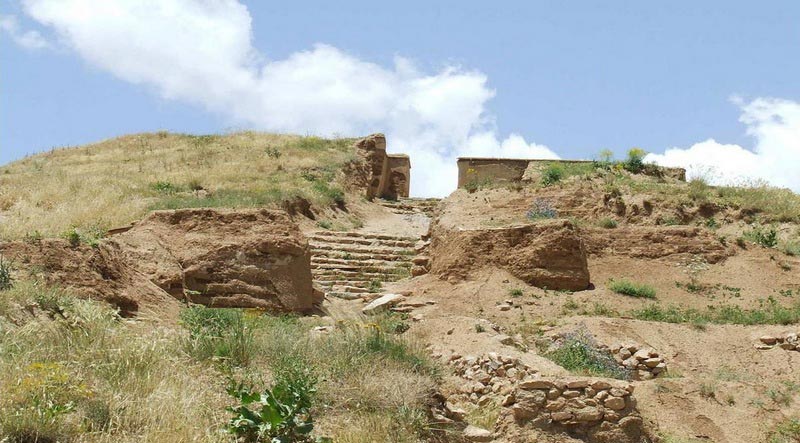
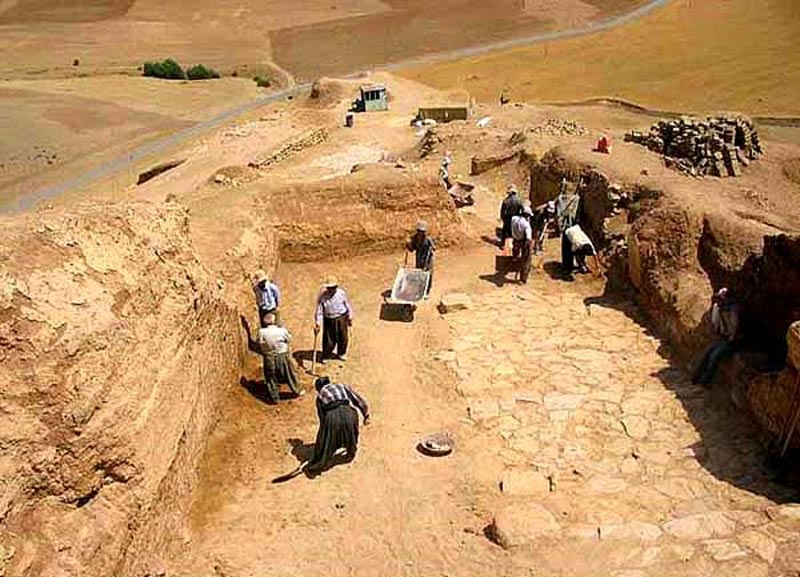


Choose blindless
Red blindless Green blindless Blue blindless Red hard to see Green hard to see Blue hard to see Monochrome Special MonochromeFont size change:
Change word spacing:
Change line height:
Change mouse type:
